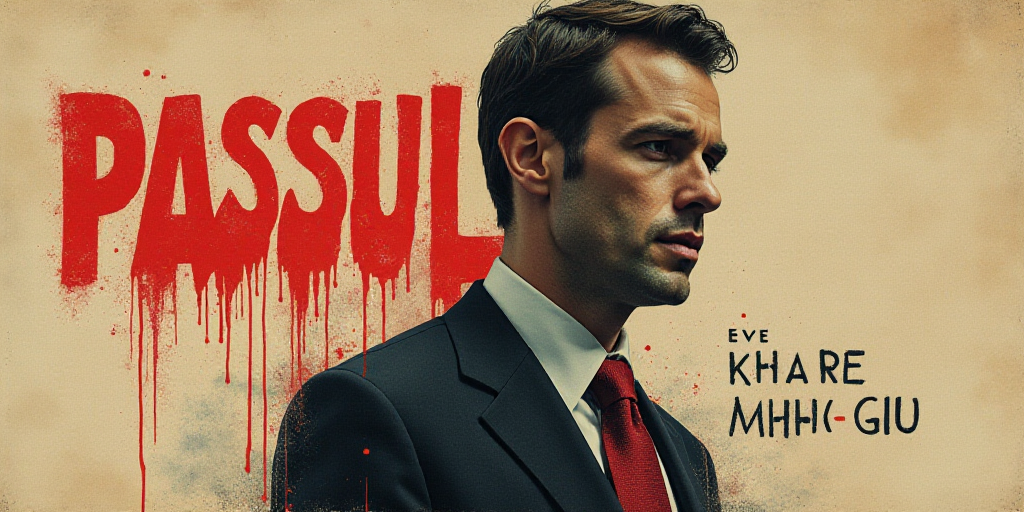Understanding Communication and Dialogue
Irene Vallejo emphasizes the distinction between two often confused concepts: communication and dialogue.
Communication refers to the transmission of information, which can occur through various means such as verbal, non-verbal, written, visual, media, and digital channels.
Effective communication involves both sending a message and receiving and understanding it by the recipient, although the act of communicating does not necessitate a response from the message receiver.
Propaganda and advertising are examples of communication. Visual communication also includes symbols and attire with precise meanings, such as:
- The presidential sash, worn only by the Mexican President;
- The toga, worn by judges and during graduation ceremonies as a symbol of authority and distinction;
- The cassock, worn by priests;
- Medical and nursing uniforms, worn by healthcare professionals;
- Pilot and cabin crew uniforms in aviation;
- Military, firefighter, and police uniforms for easy identification;
- Sports team members’ and basic education students’ uniforms, among others.
The incoming Supreme Court president has stated they will not wear a toga, prompting partisan lawmakers to propose constitutional reforms.
The current regime’s communication, particularly in propaganda, aims to manipulate the public with falsehoods and insult opponents. It often displays clumsiness and ignorance through official declarations and communiqués that ridicule the regime, invite mockery, damage relations with other countries, and result in harmful reactions for the nation.
The value of truth is disregarded, and the potential of dialogue to resolve conflicts remains untapped.
The Importance of Dialogue
Unlike communication, which is the process of transmitting information, dialogue is a specific form of communication involving the exchange of ideas and opinions between at least two parties, where both the sender and receiver react to each message.
To celebrate civilizational diversity and promote global understanding and solidarity, the International Day of Dialogue Between Civilizations was observed for the first time on June 10, 2024, as established by the UN. This dialogue is crucial for understanding, valuing, and promoting mutual respect among the world’s various cultures and maintaining peace.
Conflict escalation, such as Russia’s aggression against Ukraine and hostilities in the Middle East between Israel, Palestine, Lebanon, and Iran, has placed humanity at an unprecedented historical risk. This scenario, already causing instability, destruction, and death, underscores the urgent need for solidarity, dialogue, and cooperation. Dialogue between civilizations is the most effective means to eliminate prejudices, foster mutual trust, strengthen nation-to-nation relations, and solidify global cooperation.
The Power of Words
A fundamental element of dialogue is the word. Democracy thrives through words.
Words are spoken, written, sung, and read; they transform into art through poets, writers, and composers; they become information via communicators and media. Words leave an impression, hold power, and positively or negatively influence others. The power of language measures one’s ability to influence others.
In every word lies the power of peace and the potential to cultivate a culture of peace. Therefore, how individuals use words—communication—to understand, educate, or attack others is crucial.
Though the regime disregards its opponents’ words and ignores protesters’ voices, it allows blockades, looting, destruction, and school closures.
We face the serious risk of limited words, thereby suppressing freedom of expression. Puebla already has its “censorship law,” and Campeche penalizes journalism. Moreover, a “censorship law” by the president is under legislative review.
Mediation, which we have addressed multiple times, can transform deep-seated anger into constructive dialogue by fostering a respectful and trusting environment for free expression; it also nourishes and secures democratic dialogue that facilitates the construction of solutions. The mediator’s role is to assist parties in using efficient communication to build agreements that prevent or resolve their disputes.
Dialogue through Discussion and Debate
Discussion seeks to achieve consensus by exchanging ideas or viewpoints among participants, similar to a debate. However, debates are subject to rules.
It’s frustrating and harmful not to listen, see, or respect one another, as politics should not be a constant disconnection, a method of degradation and lies that erodes stability and unity. Dialogue is the path to reconciliation, as we have repeatedly emphasized.
It’s urgent to change the type of communication that surmounts conflicts and controversies, liberates us from conflict, and adopts a different interaction and relationship approach, as well as harmonizes all voices.
Wishing Success for the President’s Canadian Tour
We wish the president success during her Canadian tour, her participations, and meetings with G7 leaders.






